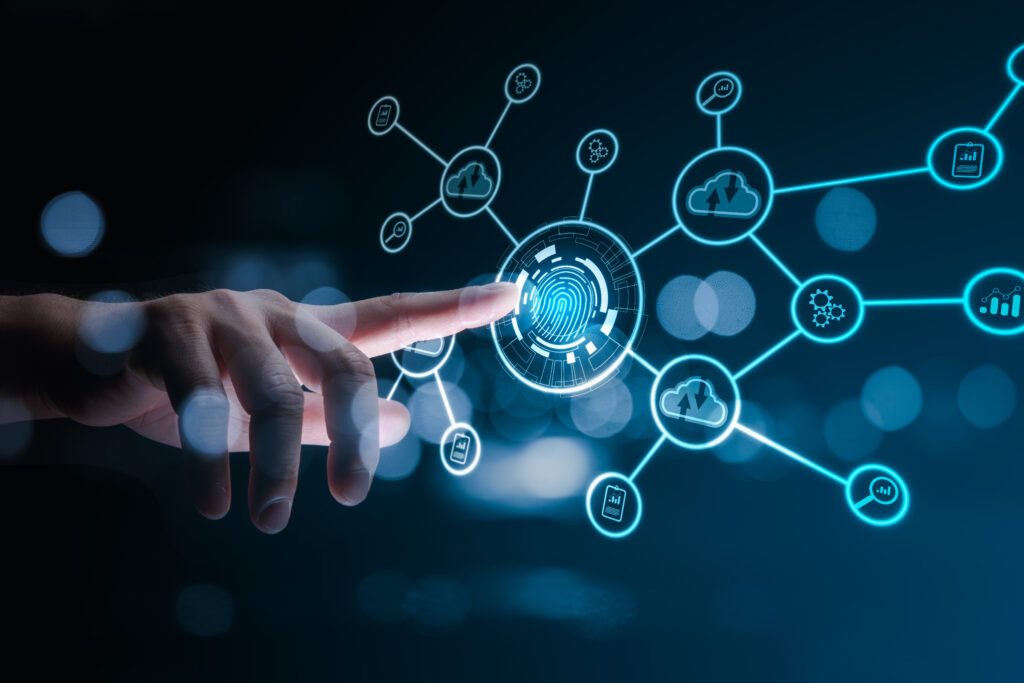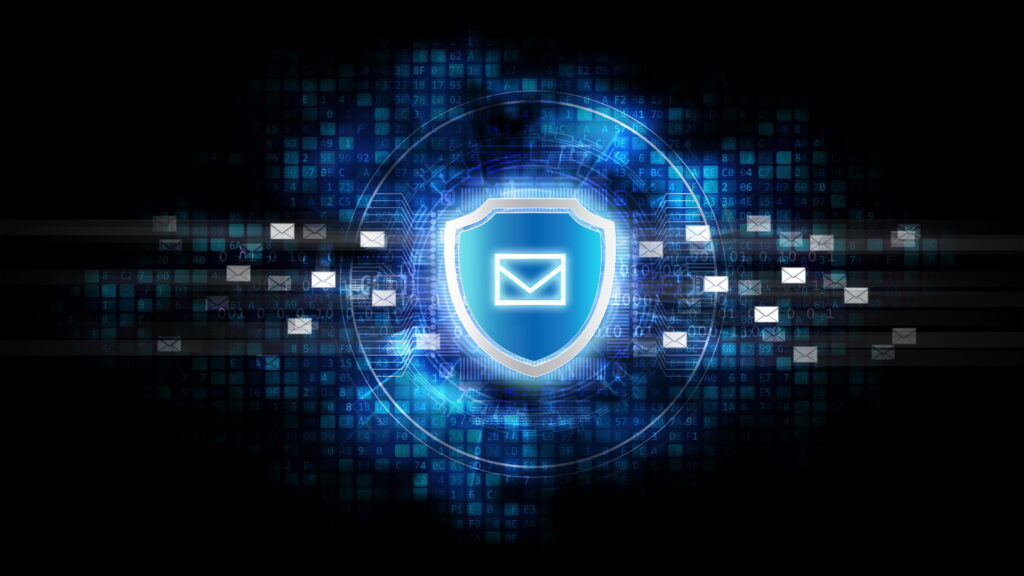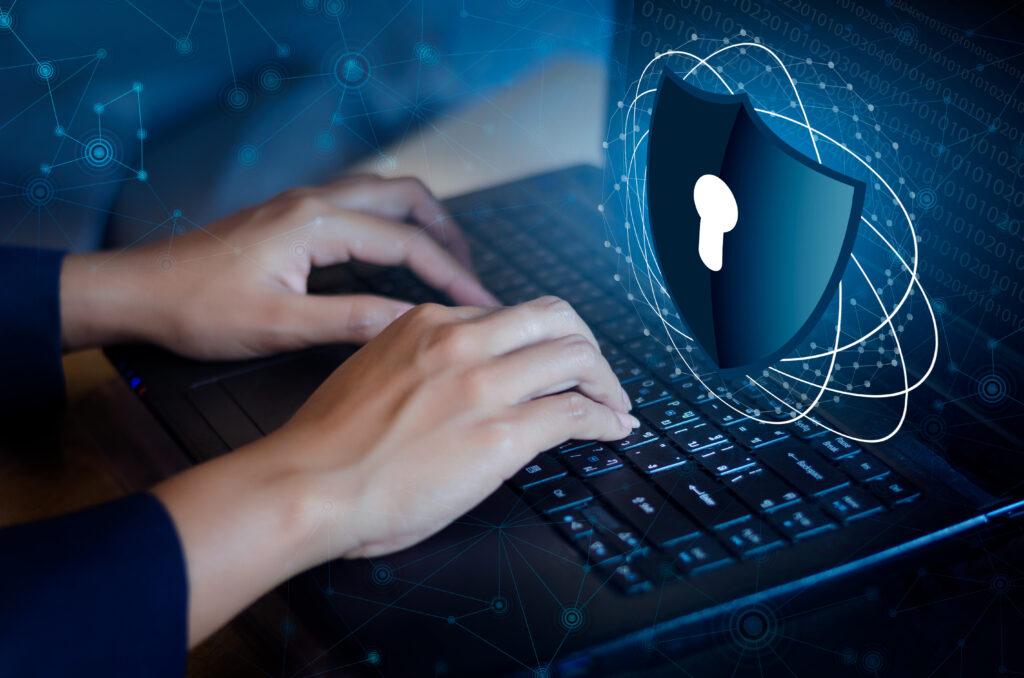
Vulnerability tests are used to identify what vulnerabilities are present, but they do not differentiate between those flaws that can be exploited to cause damage versus the ones that cannot.
Performing Vulnerability Tests on a regular basis is a great way to stay ahead of the curve and reduce your exposure to all the latest threats that could jeopardize the security of your network. medicalmsp employs the use of Enterprise Grade vulnerability testing tools to provide our partners with greater visibility to identify and defend against such threats.
Vulnerability testing is especially necessary for organizations that are subject to compliance regulations.

Disaster recovery is essential to any businesses continuity plan. As a medicalmsp partner, the safety of your data and systems is a top priority and ensure that they are secure both onsite and offsite.
Having a plan in place that allows your business to come back online in minutes instead of days or weeks makes a huge difference when it comes to recovering from a disaster.
Through a combination of disaster recovery services and our ability to bring clients online in the cloud, our solutions are second to none.
– Gani Zebersky, CEO
If your current IT provider doesn’t have the time to make sure your business is covered then we strongly recommend you consider an alternative provider that takes this as seriously as we do. Here at medicalmsp we are experienced dealing with a variety of threats from natural disasters to ransomware events, so we’ll ensure your business is covered so you can have peace of mind.

Continuous monitoring is a risk management approach to cybersecurity that maintains an accurate picture of an agency’s security risk posture, provides visibility into assets, and leverages the use of automated data feeds to quantify risk, ensure the effectiveness of security controls, and implement prioritized remedies.
A well-designed and well-managed continuous monitoring program can effectively transform an otherwise static security control assessment and risk determination process into a dynamic process that provides essential, near real-time security status. In today’s environment of widespread cyber-intrusions, advanced persistent threats, and insider threats, it is essential for agencies to have real-time accurate knowledge of their enterprise IT security posture so that responses to external and internal threats can be made swiftly.

Identity and access management (IAM) is the security discipline that enables the right individuals to access the right resources at the right times for the right reasons.
IAM addresses the mission-critical need to ensure appropriate access to resources across increasingly heterogeneous technology environments and to meet increasingly rigorous compliance requirements. This security practice is a crucial undertaking for any enterprise. It is increasingly business-aligned, and it requires business skills, not just technical expertise.
Businesses that develop mature IAM capabilities can reduce their identity management costs and, more importantly, become significantly more agile in supporting new business initiatives.

Network security combines multiple layers of defenses at the edge and in the network. Each network security layer implements policies and controls. Authorized users gain access to network resources, but malicious actors are blocked from carrying out exploits and threats.
Digitization has transformed our world. How we live, work, play, and learn have all changed. Every organization that wants to deliver the services that customers and employees demand must protect its network. Network security also helps you protect proprietary information from attack. Ultimately it protects your reputation.

Due to the popularity of email as an attack vector, it is critical that enterprises and individuals take measures to secure their email accounts against common attacks as well as attempts at unauthorized access to accounts or communications.
Malware sent via email messages can be quite destructive. Phishing emails sent to employees often contain malware in attachments designed to look like legitimate documents or include hyperlinks that lead to websites that serve malware. Opening an email attachment or clicking on a link in an email can be all that it takes for accounts or devices to become compromised.

Ensuring that your website or open web application is secure is critical. Even simple bugs in your code can result in private information being leaked, and bad people are out there trying to find ways to steal data. The web security oriented articles listed here provide information that may help you secure your site and its code from attacks and data theft.

Vulnerability tests are used to identify what vulnerabilities are present, but they do not differentiate between those flaws that can be exploited to cause damage versus the ones that cannot.
Performing Vulnerability Tests on a regular basis is a great way to stay ahead of the curve and reduce your exposure to all the latest threats that could jeopardize the security of your network. medicalmsp employs the use of Enterprise Grade vulnerability testing tools to provide our partners with greater visibility to identify and defend against such threats.
Vulnerability testing is especially necessary for organizations that are subject to compliance regulations.

Data loss prevention, or DLP, is a set of technologies, products, and techniques that are designed to stop sensitive information from leaving an organization.
Data can end up in the wrong hands whether it’s sent through email or instant messaging, website forms, file transfers, or other means. DLP strategies must include solutions that monitor for, detect, and block the unauthorized flow of information.
The proliferation of business communications has given many more people access to corporate data. Some of these users can be negligent or malicious. The result: a multitude of insider threats that can expose confidential data with a single click. Many government and industry regulations have made DLP a requirement.
+1 (877) 771 2384